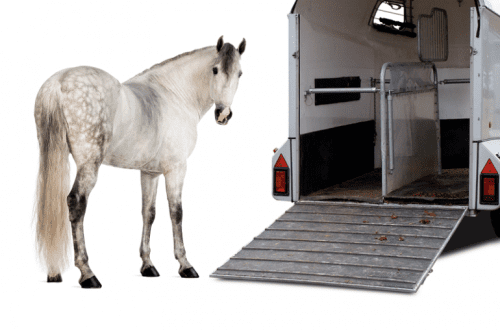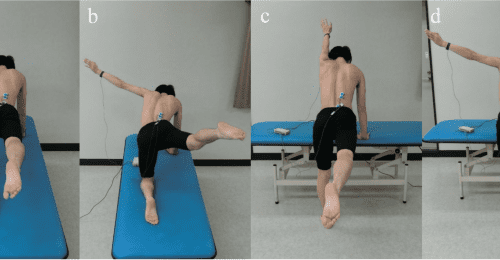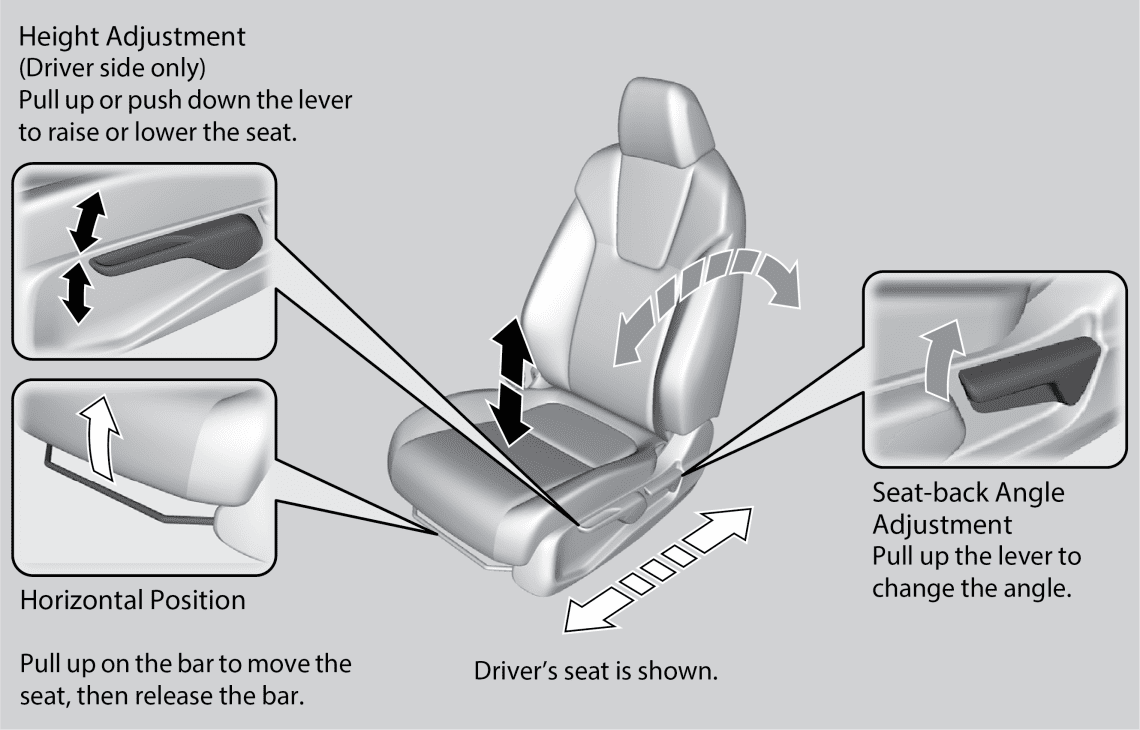
When should the seat be moved back?
When should the seat be moved back?
“He’s just lazy and stubborn,” Francie sighed. “He doesn’t want to go forward, he doesn’t care about the whip and the spur!” What a bad horse!
But I, watching this couple, was on the side of the horse! The saddle sat right on his shoulders and every time the horse tried to take a step, the hard cushions of an expensive dressage saddle blocked his shoulders, preventing him from moving freely.
“Get off your horse for a second,” I pleaded. After Francie jumped down, I loosened the girth and pulled the saddle back, making sure that its pads were now two fingers’ distance from the horse’s shoulders. The horse literally breathed a sigh of relief. “Now sit down!”
What was the astonishment of the rider when the horse immediately moved forward more actively …
Incorrect saddle position is one of the most common problems I have encountered while working as a riding coach. And it occurs in a variety of riders, regardless of their level of training or specialization.
In the photo on the left, we see a dressage saddle positioned correctly. In the photo on the right, the dressage saddle is too far forward.
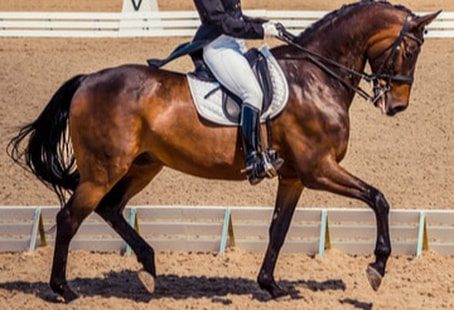
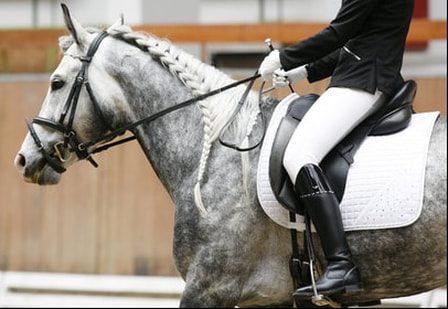
Notice how the saddle in the photo on the left lies behind the shoulder, which allows the horse to work freely with his shoulders. Conversely, the saddle in the photo on the right is too close to the horse’s shoulder, preventing it from moving.
Now two more photos: in the photo on the left – a correctly placed show jumping saddle, in the photo on the right – the show jumping saddle is too far forward
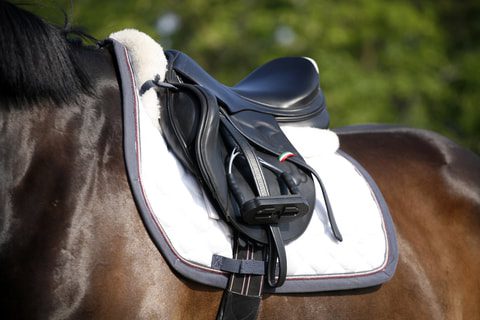
When the saddle is too far forward, it interferes with the shoulder blades, shortening the steps of the horse’s front legs. The front edge of the saddle will hit the cartilage of the scapula during each step.
Over time, this can damage the horse’s latissimus dorsi, which propels the horse forward when its front foot hits the ground. That’s why it’s important to know where your horse’s shoulders are and how they move when he moves.
Stand next to the horse and run your hand down from the withers over and along the shoulder. Feel its size. Lightly press the palm of your hand to understand how the muscles, bones and tendons are arranged. Then walk with the horse, placing your hand on the top of his shoulder blade. You will feel the joints move as the horse moves. Her shoulder should be free, not under pressure and saddle lock.
Keep in mind that the structure of the shoulders can be individual for each horse, it also depends on the breed. For example, the shoulder of Morgans and Arabians is often more slanted, which makes the movements of these breeds brighter, while Thoroughbred horses have more vertical shoulders, which affects their speed.
How to properly position a saddle on a horse’s back?
Place the saddle pad on the horse’s back with the front edge slightly protruding from the front of the withers. Then put the saddle on top. Pull the saddle pad and saddle down until its wings are about 2 fingers behind the shoulder. Pull the pad up so that it forms a “house” inside the saddle channel and does not press on the withers and spine. Then tighten the girth.
A dressage saddle is easier to put down – its pads point straight down and are firm. The show jumping saddle has a more advanced wing and the edges of its pads are in front of the arcs of the tree. Make sure the arches of the tree are 2-3 fingers behind the shoulder.
Do not place the saddle more than 2-3 fingers behind the shoulder, as this will shift the rider’s weight back and cause discomfort in the horse’s back, as well as injury and pain.
Happy training!
Denise Cummins (source) translation by Valeria Smirnova.
 Julia Belousova 1 March 2018 city
Julia Belousova 1 March 2018 citynot a shoulder but a shoulder blade .. wrong translation Answer
 Valeria Smirnova 4 March 2018 city
Valeria Smirnova 4 March 2018 citytranslation according to the text, where the author writes “shoulder”, there in the translation “shoulder”, where the author writes “shoulder blade”, there is “shoulder blade”. Although in texts of this format, you can use the terminology that is clearer to a wide range of ordinary people. If riders are used to hearing the phrase “a saddle on the shoulders of a horse”, then it is more appropriate to use it.
Response
 Valeria Smirnova 4 March 2018 city
Valeria Smirnova 4 March 2018 citytranslation according to the text, where the author writes “shoulder”, there in the translation “shoulder”, where the author writes “shoulder blade”, there is “shoulder blade”. Although in texts of this format, you can use the terminology that is clearer to a wide range of ordinary people. If riders are used to hearing the phrase “a saddle on the shoulders of a horse”, then it is more appropriate to use it.
Response
 Valeria Smirnova 4 March 2018 city
Valeria Smirnova 4 March 2018 citytranslation according to the text, where the author writes “shoulder”, there in the translation “shoulder”, where the author writes “shoulder blade”, there is “shoulder blade”. Although in texts of this format, you can use the terminology that is clearer to a wide range of ordinary people. If riders are used to hearing the phrase “a saddle on the shoulders of a horse”, then it is more appropriate to use it.
Response
 Valeria Smirnova 4 March 2018 city
Valeria Smirnova 4 March 2018 citytranslation according to the text, where the author writes “shoulder”, there in the translation “shoulder”, where the author writes “shoulder blade”, there is “shoulder blade”. Although in texts of this format, you can use the terminology that is clearer to a wide range of ordinary people. If riders are used to hearing the phrase “a saddle on the shoulders of a horse”, then it is more appropriate to use it.
Response



